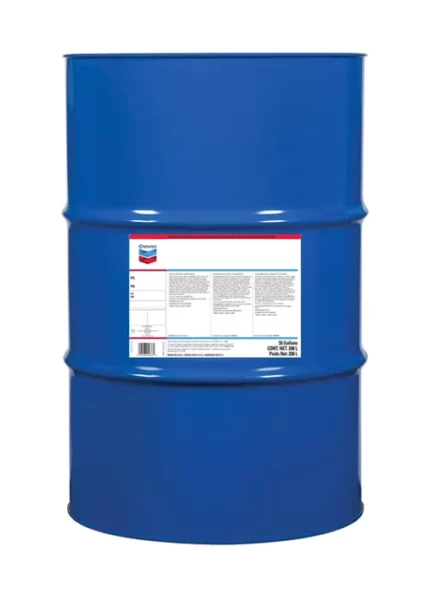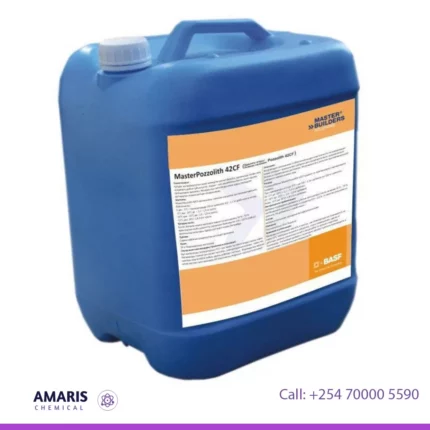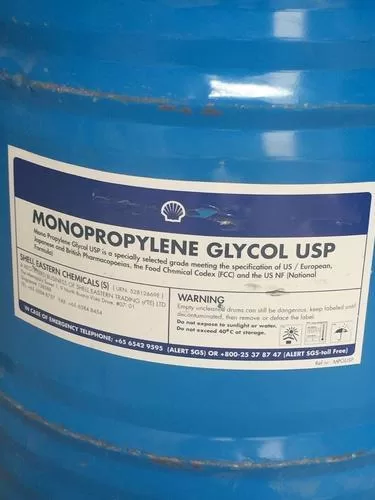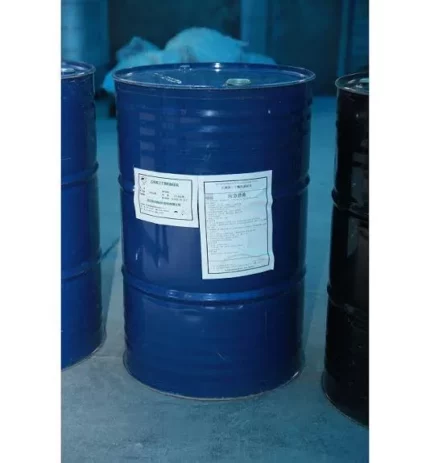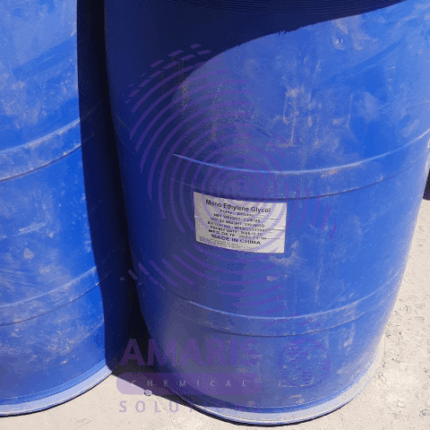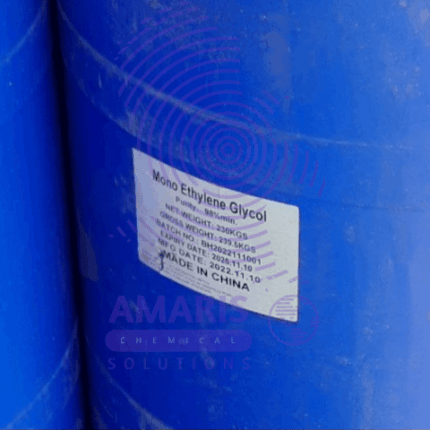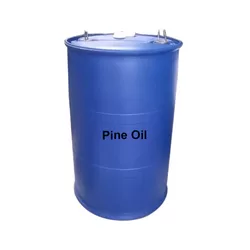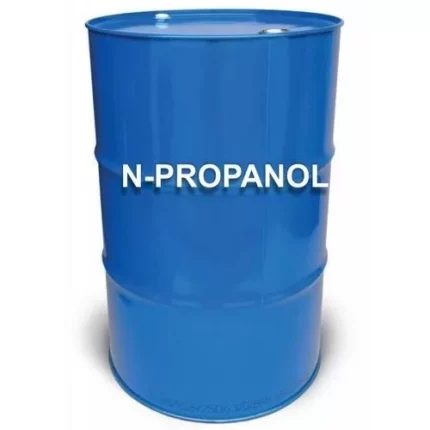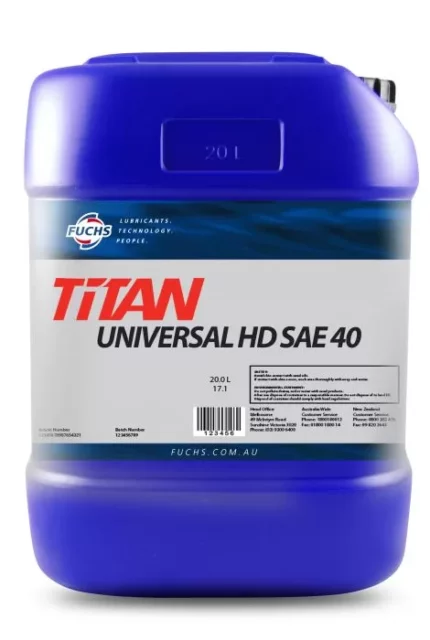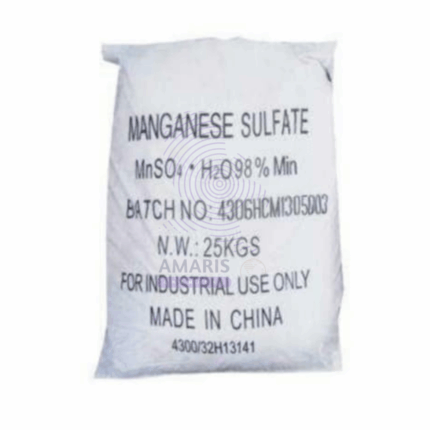
Manganese sulphate
$7,500.00 Original price was: $7,500.00.$7,400.00Current price is: $7,400.00.
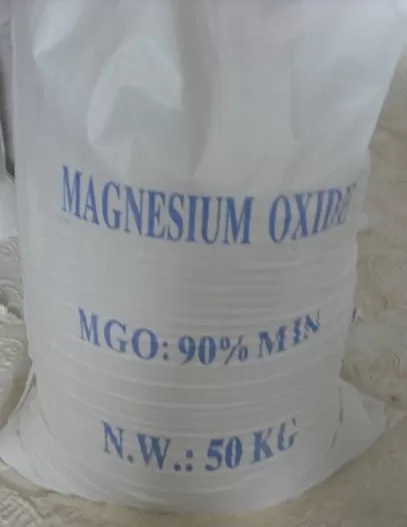
Magnesium oxide 25kg
$12,000.00 Original price was: $12,000.00.$1,100.00Current price is: $1,100.00.
Zinc sulphate Heptahydrate 25kg
$9,000.00 Original price was: $9,000.00.$8,500.00Current price is: $8,500.00.
Whatsapp Order
Zinc sulphate heptahydrate is a chemical compound with the molecular formula ZnSO4·7H2O. It is a crystalline, colorless or white solid that is highly soluble in water. Zinc sulphate heptahydrate is commonly used in various industries, including agriculture, medicine, and chemical manufacturing, as a source of zinc and sulfur. It can also be used as a dietary supplement for humans and animals
SKU:
ACS17331CHEM0
Category: OTHERS
Description
Zinc sulphate
- Agricultural industry: Zinc sulfate heptahydrate is widely used in the agricultural industry as a fertilizer to provide zinc to plants, which is essential for their growth and development. It is also used as a micronutrient in animal feed to improve their health and growth.
- Pharmaceutical industry: Zinc sulfate heptahydrate is used in the pharmaceutical industry as an ingredient in various medicines and supplements, including multivitamins, cold and flu remedies, and skin ointments.
- Water treatment: Zinc sulfate heptahydrate is used in the treatment of wastewater and drinking water to control algae and bacterial growth and to remove impurities such as heavy metals.
- Chemical manufacturing: Zinc sulfate heptahydrate is used in the production of various chemicals, including pigments, dyes, and rayon.
- Galvanizing: Zinc sulfate heptahydrate is used in the galvanizing process to provide a protective coating to steel and iron products, preventing them from rusting.
Related products
Long Oil (45/55)
Master pozzolith
Methoxy Propanol (PM)Glycol Ether 190kg Drum
Methyl Ethyl Ketoxime 190kg Drum
Mono Ethylene Glycol (MEG) 230 kg
Monoethylene glycol (MEG) is a colorless, odorless, and slightly viscous liquid with the chemical formula C2H6O2. It is an organic compound primarily used as a raw material in the production of polyester fibers, resins, and films. MEG is also used as a coolant and antifreeze in various industrial applications, as well as in the manufacture of cosmetics, personal care products, and pharmaceuticals.
Pine Oil 185 kg
Pine oil is a clear to pale yellow essential oil that is derived from the needles, twigs, and cones of pine trees through steam distillation. It has a distinct, fresh, and woody aroma with a hint of balsamic and turpentine-like notes. Pine oil is commonly used in aromatherapy, cleaning products, and as a natural insect repellent. It contains various beneficial compounds, such as alpha-pinene, beta-pinene, and limonene, that have potential health and wellness benefits.


 Emollients
Emollients Humectants
Humectants UV Filters
UV Filters Surfactants (cosmetic)
Surfactants (cosmetic) Preservatives (cosmetic)
Preservatives (cosmetic) Fragrances and Essential Oils
Fragrances and Essential Oils Antioxidants (cosmetics)
Antioxidants (cosmetics)
 Solvents (lab)
Solvents (lab) Chromatography Chemicals
Chromatography Chemicals Microbiology and Cell Culture Reagents
Microbiology and Cell Culture Reagents Biochemical Reagents
Biochemical Reagents Inorganic and Organic Standards
Inorganic and Organic Standards Spectroscopy Reagents
Spectroscopy Reagents Molecular Biology Reagents
Molecular Biology Reagents
 Precious Metal Extraction Agents
Precious Metal Extraction Agents
 Plasticizers
Plasticizers Polymerization Initiators
Polymerization Initiators Stabilizers
Stabilizers Monomers
Monomers Fillers and Reinforcements
Fillers and Reinforcements Antioxidants (plastics)
Antioxidants (plastics) Colorants (plastic pigments,Dyes)
Colorants (plastic pigments,Dyes)
 Fertilizers
Fertilizers Plant Growth Regulators
Plant Growth Regulators Soil Conditioners
Soil Conditioners Animal Feed Additives
Animal Feed Additives Biostimulants
Biostimulants
 Dough Conditioners
Dough Conditioners Flour Treatments
Flour Treatments Fat Replacers
Fat Replacers Preservatives (baking)
Preservatives (baking)
 Surfactants (cleaning)
Surfactants (cleaning) Builders
Builders Bleaching Agents
Bleaching Agents Enzymes
Enzymes Solvents (cleaning)
Solvents (cleaning) Fragrances
Fragrances Disinfectant
Disinfectant Metal cleaning
Metal cleaning
 Binders/Resins
Binders/Resins Pigments
Pigments Solvents (paint)
Solvents (paint) Additives
Additives Driers
Driers Anti-Corrosion Agents
Anti-Corrosion Agents Specialty Coatings
Specialty Coatings Functional Coatings
Functional Coatings Application-Specific Coatings
Application-Specific Coatings
 Sealants and Adhesives
Sealants and Adhesives
 Biodegradable Surfactants
Biodegradable Surfactants Bio-based Solvents
Bio-based Solvents Renewable Polymers
Renewable Polymers Carbon Capture Chemicals
Carbon Capture Chemicals Wastewater Treatment Chemicals
Wastewater Treatment Chemicals
 Preservatives (food)
Preservatives (food) Flavor Enhancers
Flavor Enhancers Acidulants
Acidulants Sweeteners
Sweeteners Emulsifiers
Emulsifiers Antioxidants (food)
Antioxidants (food) Colorants (food)
Colorants (food) Nutrient Supplements
Nutrient Supplements Nutraceutical Ingredients
Nutraceutical Ingredients
 Fresh Herbs
Fresh Herbs Whole Spices
Whole Spices Ground Spices
Ground Spices Spice Blends
Spice Blends
 Surfactants(oil)
Surfactants(oil)
 Antibiotics
Antibiotics Active Pharmaceutical Ingredients
Active Pharmaceutical Ingredients Excipients
Excipients Vaccine Adjuvants
Vaccine Adjuvants Nutraceutical Ingredients
Nutraceutical Ingredients Solvents (pharmaceutical)
Solvents (pharmaceutical)
 Automotive chemicals
Automotive chemicals Pyrotechnic Chemicals
Pyrotechnic Chemicals


 Vulcanizing Agents
Vulcanizing Agents Accelerators & Retarders
Accelerators & Retarders Antidegradants
Antidegradants Reinforcing Agents
Reinforcing Agents Plasticizers & Softeners
Plasticizers & Softeners Fillers & Extenders
Fillers & Extenders Blowing Agents
Blowing Agents Adhesion Promoters
Adhesion Promoters

